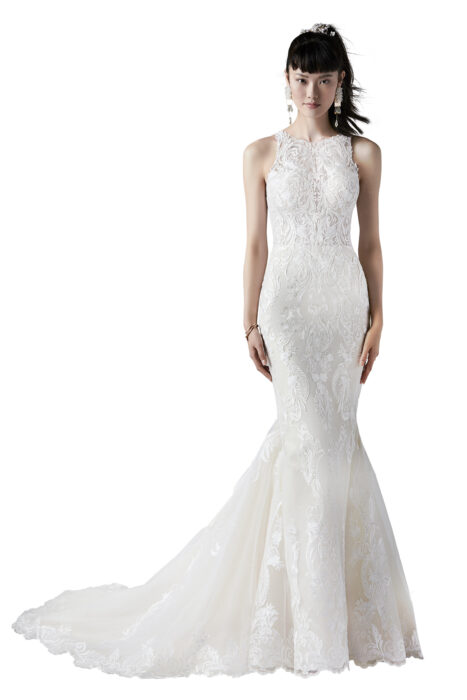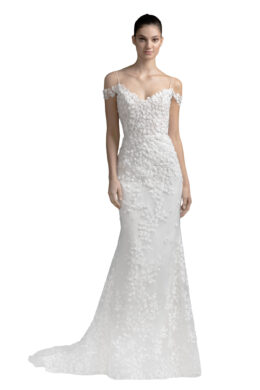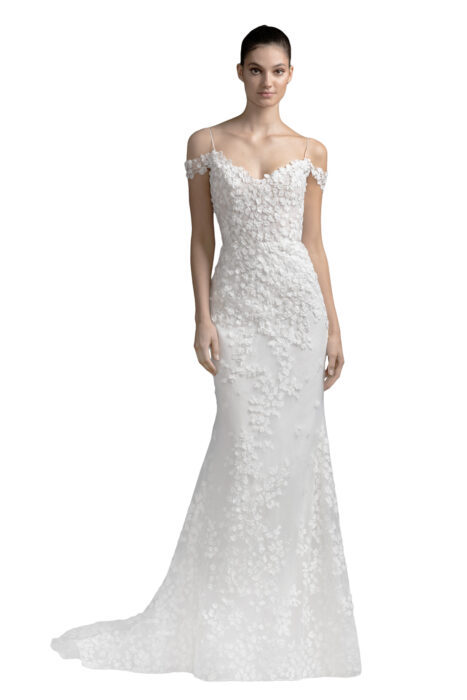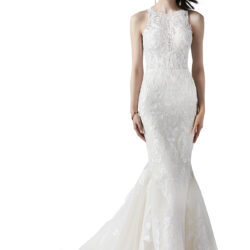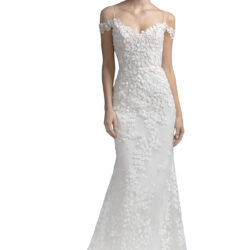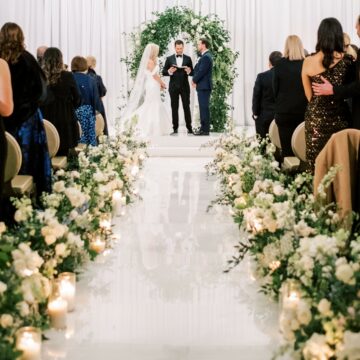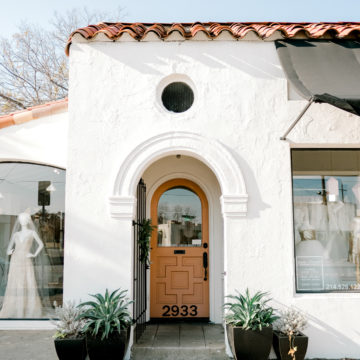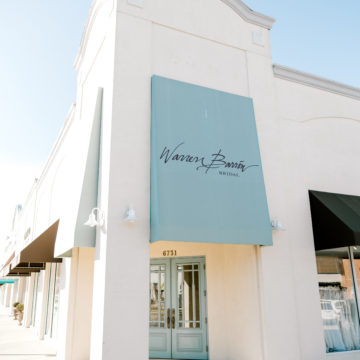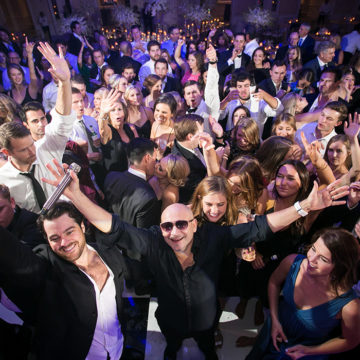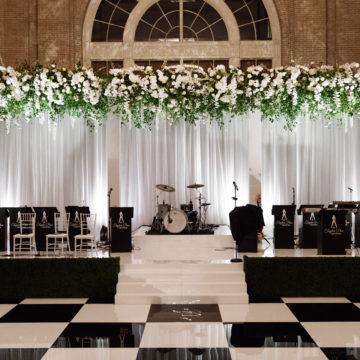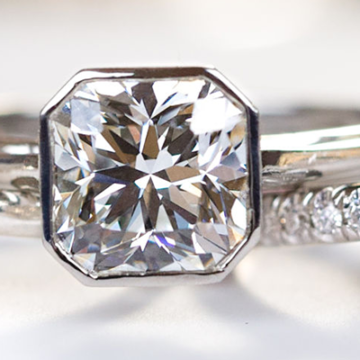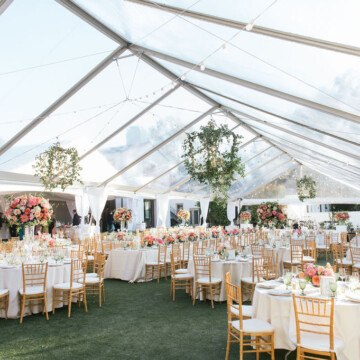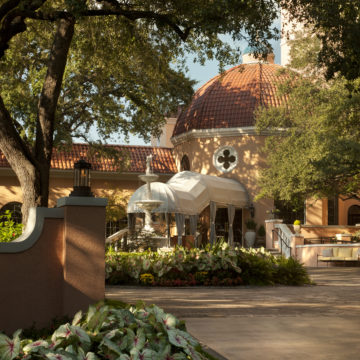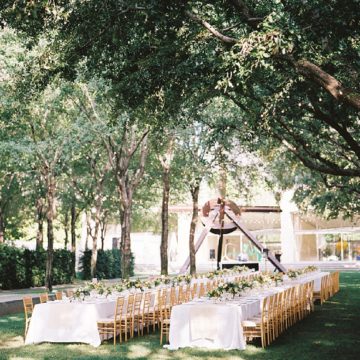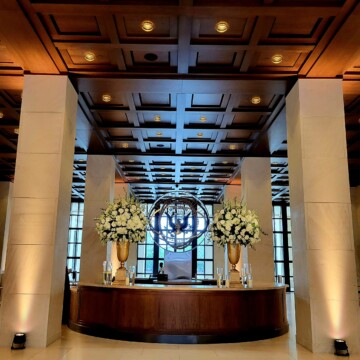You can’t put a price on love, but a wedding gown? That’s a different story. We unveil the factors that impact the bottom line.
Shopping for a wedding dress is every girl’s dream. The sticker shock that awaits unprepared brides, however, can be more of a nightmare. There are beautiful gowns to be had at every price point, but knowing why some cost more and others less will help you shop with confidence. StarDust Celebrations co-owner Jenny Cline—who stocks gowns ranging from $1,700 to $10,000 in her Plano store—explains what factors into a gown’s price.
Budget 1: $1,800-$2,000
Mass Appeal Gowns produced in large quantities mean materials can be bought in bulk. “This allows for a lower price in the purchase of fabric, laces, and embellishment,” explains Cline.
Off the Rack Fewer production-stage customizations keeps labor costs down. “Usually with mass-produced gowns, the color and fabric are limited to two to three choices, and changes to the gown are limited,” Cline says. Further customizations have to be done in alterations, at additional cost to the bride.
Not that Simple More is more? Not necessarily, at least when it comes to embellishments and price tags. “Often the cleaner the design, the higher the price,” Cline says. “The workmanship of the gown including the cut, seaming, and quality of fabric must be precise and immaculate.”
Budget 2: $7,000-$7,500
Name Dropping One of the major drivers of price? The designer’s name, tenure, and industry status. “[These factors] may lend a special cachet to the gown and affect the price,” says Cline.
Custom Touches Special-order gowns aren’t created until an order is placed. While more costly than mass-production, it also means your gown won’t be cookie-cutter. Says Cline: “This allows for some changes including necklines, sleeves, length of bodice, etc., resulting in each gown being a unique work of art overseen by the designer.”
Material Things Fabric quality and sourcing is a big factor. Says Cline: “The construction of this gown calls for 10 different fine fabrics, including Chantilly lace, which alone retails for $100 a yard.”
Made by Hand Not only does the quality of materials affect the price (e.g. Swarovski crystals versus plastic ones), so does the time and labor involved. “[Think] hand-applied beading rather than mass-produced appliques, or hand-created lace versus machine lace,” says Cline.
Of Corset The more detailed the structure and craftsmanship of the gown, the higher the cost. Per Cline, examples include: “Built-in corsets and covered boning, finished seams, use of fabric glue versus sewing, and types of lining and petticoats.”

